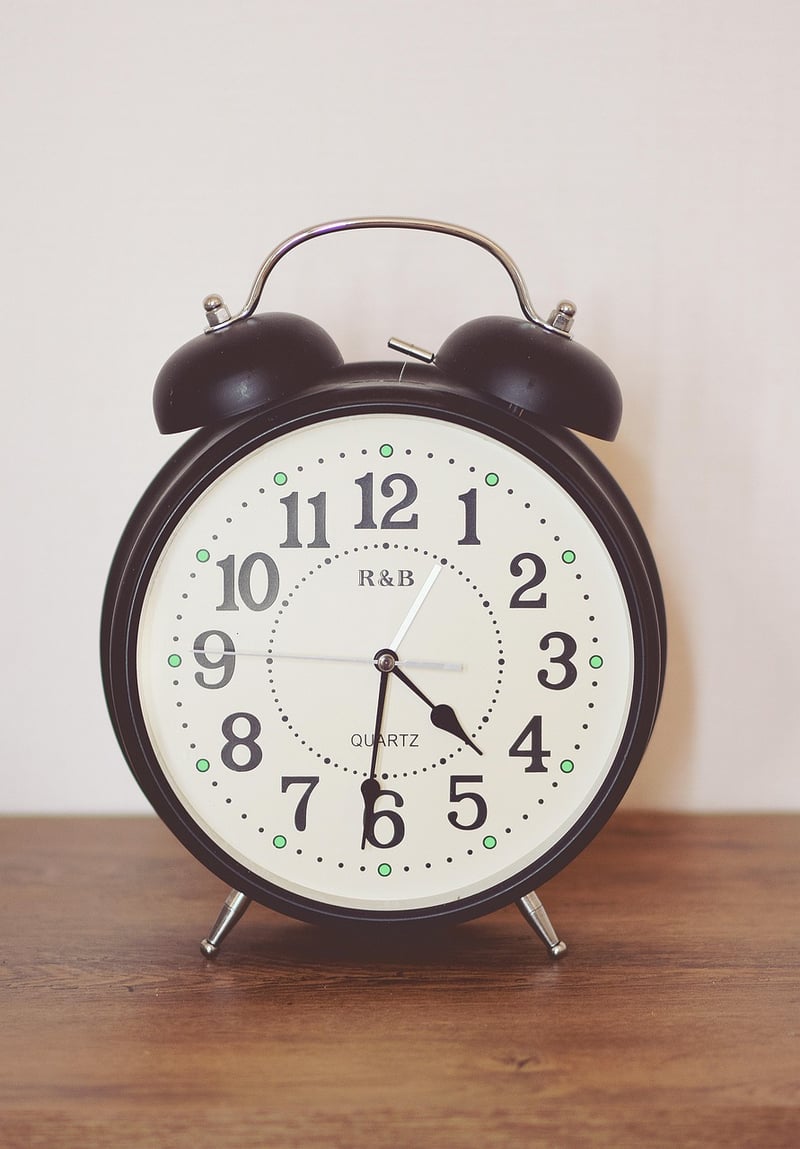Historical Etiquette
Guidance for Time Travelers: Navigating Historical Etiquette
Introduction
Welcome, time traveler! As you journey through different eras, it's essential to understand and respect the cultural norms and etiquette of the times you visit. This guide will provide you with valuable insights on how to navigate historical etiquette with grace and tact.
Ancient Civilizations
When visiting ancient civilizations such as Ancient Egypt or Rome, remember to show reverence to rulers and gods, dress modestly, and observe local customs. Respect for authority figures and adherence to traditional rituals are key elements of etiquette in these societies.
Medieval Times
In the medieval period, chivalry and courtly manners were highly valued. Address nobility with proper titles, observe hierarchical structures, and display good manners at feasts and tournaments. Understanding the intricate rules of courtly love is also essential in navigating relationships during this era.
Victorian Era
During the Victorian era, etiquette reached its peak with elaborate social rituals and strict codes of conduct. Proper dress, impeccable grooming, and adherence to formalities in social interactions were crucial. Understanding the nuances of calling cards, tea etiquette, and proper introductions is essential in Victorian society.
Roaring Twenties
The 1920s marked a period of rebellion against traditional norms, with a focus on social liberation and new forms of entertainment. When navigating the Roaring Twenties, embrace the spirit of jazz age parties, flapper fashion, and the art deco aesthetic. Remember to adopt a more relaxed and carefree attitude in social settings.
Post-War Era
After the turmoil of World War II, the post-war era saw a return to conservatism and traditional values. Respect for authority, conformity to social norms, and a focus on family values were prominent. When traveling to this era, show respect for veterans, embrace the burgeoning consumer culture, and adapt to the changing roles of men and women in society.
Conclusion
As a time traveler, understanding and adapting to the etiquette of different historical periods is key to a successful journey. By respecting the cultural norms and social conventions of the times you visit, you can truly immerse yourself in the richness of each era. Safe travels, and may your adventures through time be filled with enlightening encounters and memorable experiences!

For more information on historical etiquette, you can visit History Extra.
